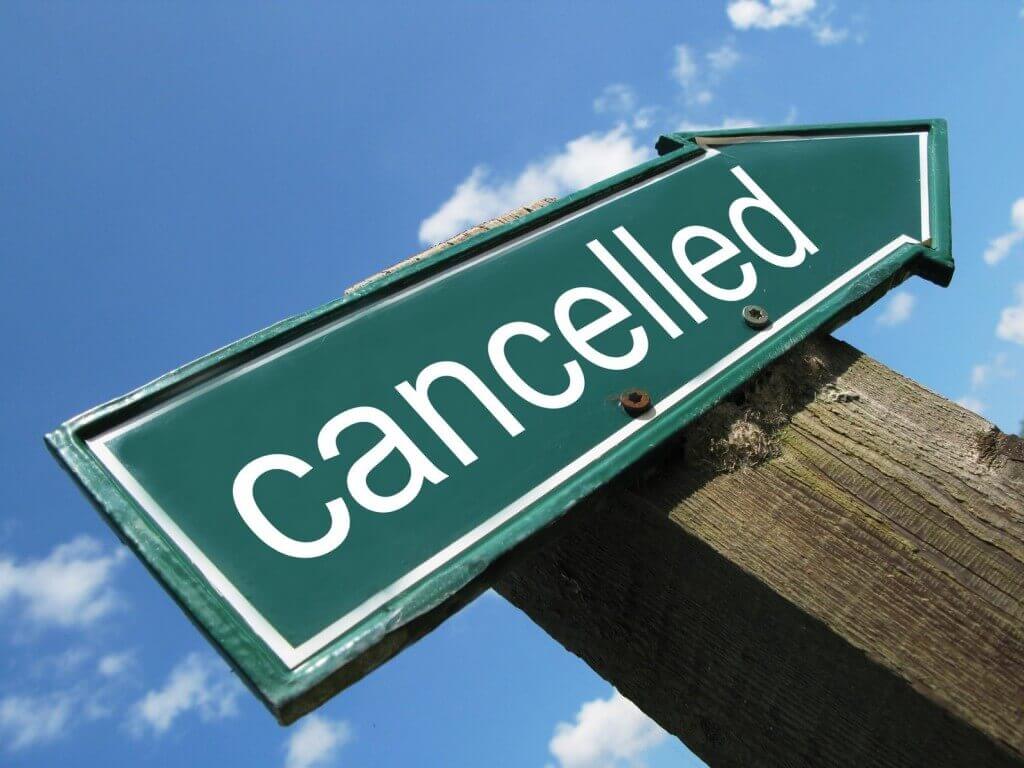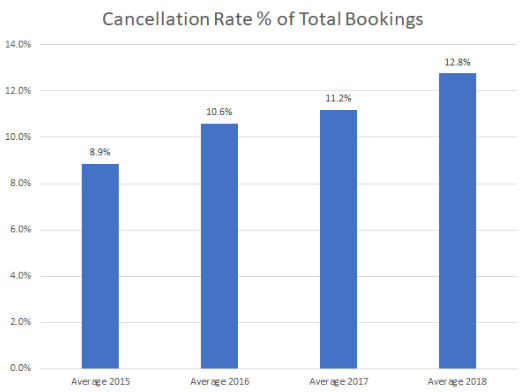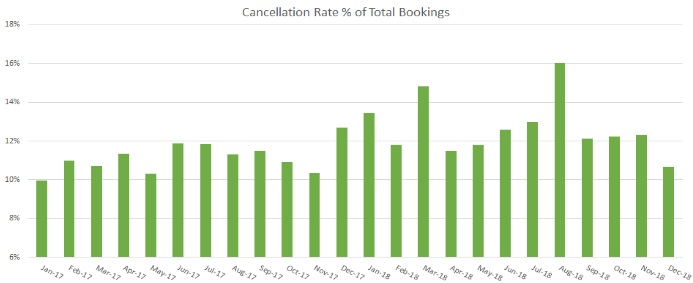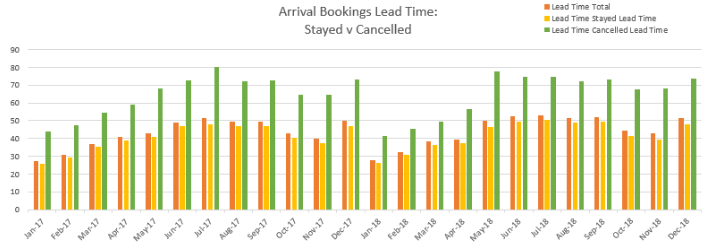
With consumer expectations at an all-time high, and their spending habits continuing to rise considerably, marketeers across the board are challenged with how best to keep them engaged.
NB: This is an article from NetAffinity
In order to beat a seemingly endless stream of competitors it’s become a necessity to shape our offerings around what people are demanding of every industry. When it comes to booking a hotel, one key expectation has been instilled in all of us by the rise of OTAs: free cancellations.
Just another area of life in which we’ve begun to demand more choice, and on our own terms, expectations of a free cancellation policy have become a normal part of the booking process for the vast majority. OTAs tend to have drastically high cancellation rates, around 30-50%. This is in part due to it being one of their primary marketing messages – people have become accustomed to booking more than one hotel pre-holiday and will decide which to go with closer to the time, or they might book with one hotel but for multiple dates, picking later when suits the best.
We analysed our own client’s cancellation data and noticed a few points of interest. Generally, the increases we saw in 2018 correlate with increases in previous years. Overall, the average cancellation rate is up from 11.2% in 2017 to 12.8% in 2018.

When in 2018 did we see significant increases? Well, for starters, due to the extreme weather Europe experienced from Storm Emma and the Beast from the East, cancellation rates from January to March were higher than the same period in 2017 (9.1% in March 2017 vs 13.5% in March 2018).

Cancellations were also considerably higher in August 2018 compared to the same time period in 2017 (there was a 4.7% increase).This was most likely caused by the somewhat unexpected heatwave we experienced throughout the latter half of the summer.
We also looked at lead time in relation to customers who stayed vs those who cancelled. As is clear from looking at the below, people who booked more in advance were more likely to cancel; those who booked closer to the time, when obviously they had more definitive plans in mind, were more likely to stay.

For hoteliers who wish to increase direct bookings and reduce cancellation rates as much as possible, it’s crucial to put measures in place within your 2019 strategy that will help combat this. You will still likely see cancellation rates rise year on year due to the wider cultural shift, however, adopting the following will significantly soften the blow:
– Promote a Prepaid / Advance Purchase rate. If the guest pays at the time of booking, they will receive a small discount. Ensure that you have a facility in place to take payment electronically at the time of booking to avoid issues with manual payments.
– Set up a pre-stay email to send a week before arrival. This will allow you to upsell hotel facilities and remind guests of cancellation policies. Hopefully at that stage if they need to cancel they will advise you immediately giving you more time to resell the room.
– Collect data on why guests are cancelling when they email or call the hotel. This will help you understand if a specific issue is arising and you can tackle it specifically.




